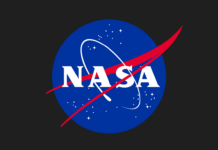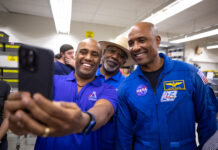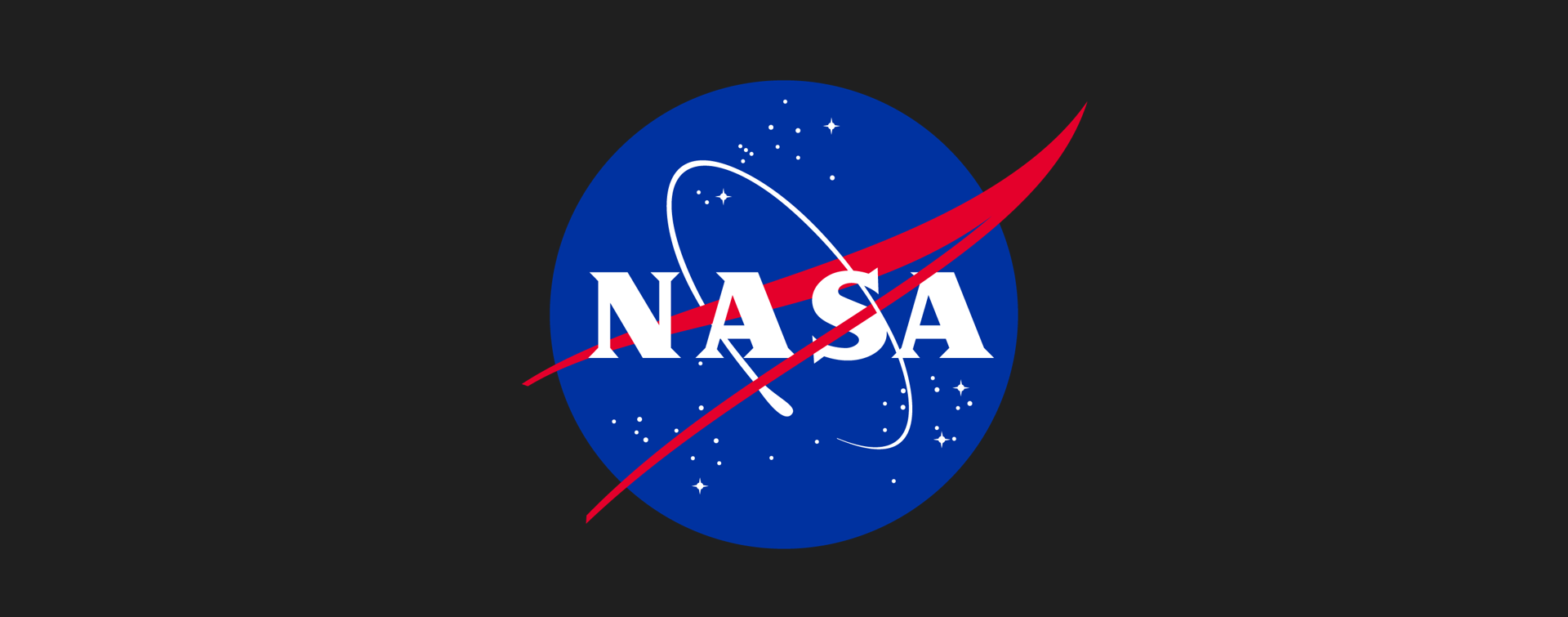NASA Contracts Johns Hopkins Applied Physics Laboratory for Space Weather Sensors
NASA, representing the National Oceanic and Atmospheric Administration (NOAA), has selected Johns Hopkins University’s Applied Physics Laboratory (APL) in Laurel, Maryland, to create advanced Suprathermal Ion Sensors for the Lagrange 1 Series project. This endeavor is a significant part of NOAA’s Space Weather Next Program, aiming to enhance our understanding and prediction of space weather phenomena.
The contract, structured as a cost-plus-fixed-fee agreement, is valued at around $20.5 million. It involves the development of two sophisticated Suprathermal Ion Sensor instruments, with the project expected to continue until January 31, 2034. The work will be carried out at the APL facility in Maryland, NASA’s Goddard Space Flight Center in Greenbelt, Maryland, and the Kennedy Space Center in Florida.
About the Contract
The scope of this contract is comprehensive, covering the design, analysis, development, fabrication, integration, testing, verification, and evaluation of the Suprathermal Ion Sensor instruments. Additionally, the contract includes launch support, the provision and maintenance of ground support equipment, and assistance with post-launch mission operations at the NOAA Satellite Operations Facility.
Importance of Suprathermal Ion Sensors
The Suprathermal Ion Sensors are significant because they will provide crucial data to NOAA’s Space Weather Prediction Center. This center is responsible for issuing forecasts, warnings, and alerts to mitigate the effects of space weather, such as electrical power outages and disruptions to communication and navigation systems.
These instruments will measure suprathermal ions and electrons across various energy levels, allowing for real-time, continuous observations. This capability is essential for early warning systems concerning different space weather impacts. The sensors will also monitor ions to better understand solar ejections, including coronal mass ejections, co-rotating interaction regions, and interplanetary shocks. By analyzing these measurements, scientists can estimate the arrival time and intensity of solar wind shocks, which is crucial for preparing for potential disruptions.
Collaborative Efforts in Space Weather Monitoring
The development, launch, testing, and operation of all satellites in the L1 Series project are overseen by both NASA and NOAA. NOAA is the principal program owner, responsible for providing funding, managing the program, and overseeing operations and data dissemination to users. In collaboration, NASA and commercial partners undertake the development, construction, and launch of the instruments and spacecraft on behalf of NOAA.
Understanding Space Weather
Space weather refers to the environmental conditions in space as influenced by the Sun and the solar wind. These conditions can affect the performance and reliability of space-borne and ground-based technological systems. For example, solar storms can interfere with satellite communications and navigation systems, affect power grids on Earth, and pose risks to astronauts.
The Lagrange 1 point, where the sensors will be deployed, is a strategic location in space about 1.5 million kilometers from Earth. It provides a stable point where gravitational forces and orbital motion balance each other, making it an ideal spot for observing space weather phenomena with minimal interference.
Reactions and Implications
The selection of Johns Hopkins APL for this project is a testament to their expertise in developing complex space instrumentation. The laboratory has an established history of contributing to space exploration and research, which includes creating instruments for various NASA missions. Their involvement in the Lagrange 1 Series project highlights the importance of collaborative efforts between academic institutions and federal agencies in enhancing our understanding of space weather.
The data provided by the Suprathermal Ion Sensors will be invaluable for researchers and policymakers. It will aid in the development of more effective strategies to protect critical infrastructure and technology from space weather impacts. Furthermore, this project underscores NOAA’s commitment to advancing the field of space weather prediction and ensuring the safety and reliability of technological systems worldwide.
Conclusion
In summary, the partnership between NASA, NOAA, and Johns Hopkins APL for the development of Suprathermal Ion Sensors marks a significant milestone in space weather monitoring. The project not only enhances our predictive capabilities but also fortifies our preparedness against the potential challenges posed by space weather phenomena. For more detailed information about NASA and its programs, interested readers can visit the NASA website at https://www.nasa.gov.
For more Information, Refer to this article.


































